Behind the Design: UH by Ellington
UH by Ellington was the winner of the world’s best award in the Architecture Multiple Residences category at…
23 Sep 2025
Experience Loading
Suggestions: architecture engineering design
Words by BSBG Media Team, Monday 27 July 2020
Successful placemaking has a strong focus on the public realm, creating a vivid connection between people and architecture. Often the best examples of successfully executed placemaking can be found in projects that have transformed old, almost forgotten districts, structures or areas, into completely new, revitalised spaces. However, placemaking is also a central component of new projects that will attract and appeal to people.
To accomplish a sustainable, loveable place that respects its social and urban context, there are some principles we follow from the outset. These are the five principles of creative placemaking.
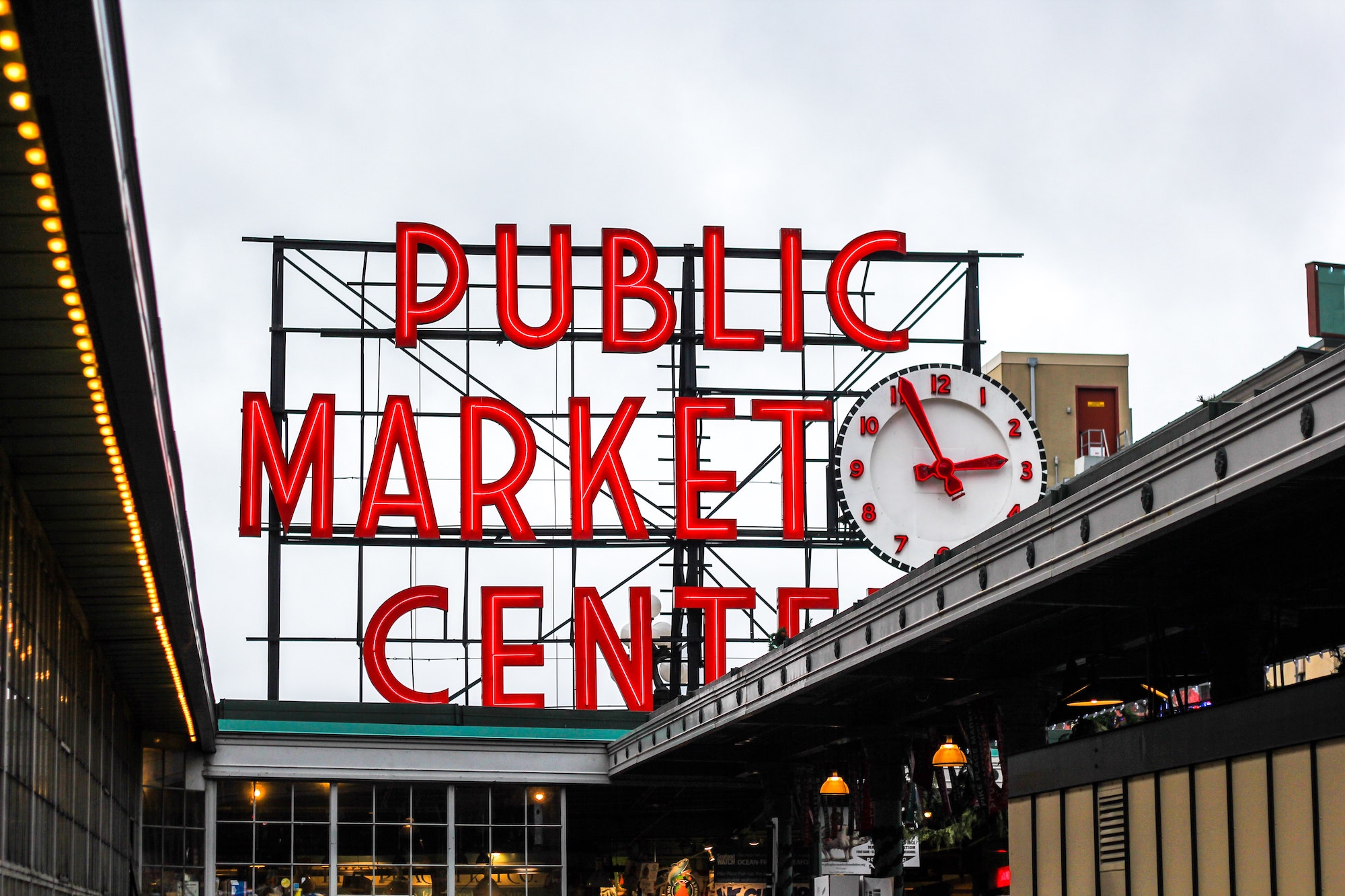
More than half of the placemaking projects we see are those that address an existing place that has either failed or is in need of some reimagination to broaden its appeal. The research we conduct prior to design is largely dependent on gaining the perspective of the people that use, or in some cases don’t use, the place in question.
Only by listening to the public are we able to gain honest and thought provoking insight into the most important issues we must consider when repurposing a place to broaden its appeal. By uncovering the ideas and incorporating the suggestions of our target audience, we are immediately better positioned to deliver a successful project. We use whatever means we can to gain these insights, whether that’s canvassing the local community, or asking family, friends and colleagues how they feel about the place in its current guise, and what they feel could elevate the proposition.
A vision for a public space will address activities, uses, the overall character and what it will mean to the community. This vision should be defined by and targeted at the people who live, work or use the space in question.
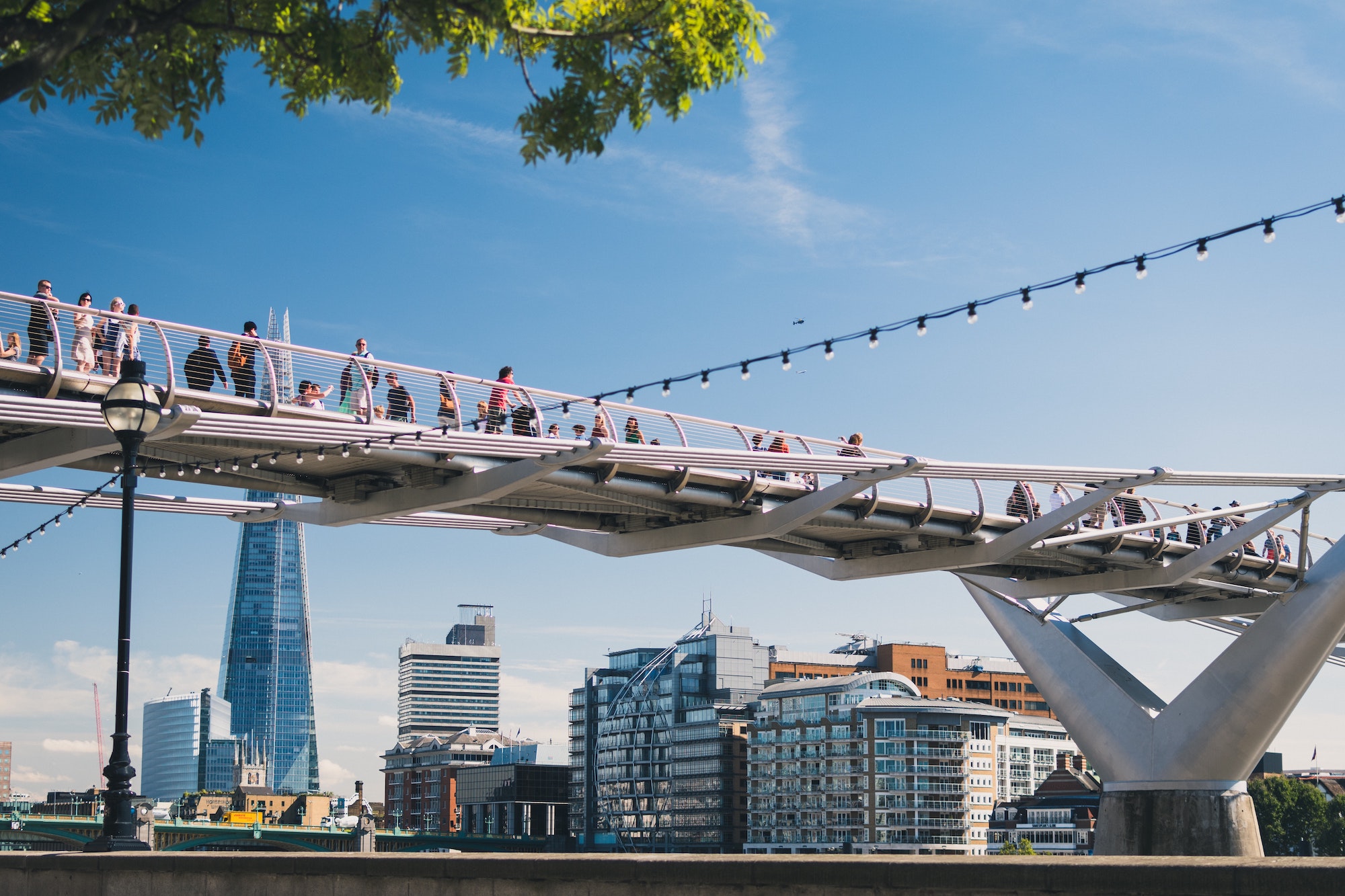
Although design has a big part to play in the process of placemaking, it is not the main factor. Placemaking depends more on the creation of activated spaces, entertainment concepts and programmes that inspire the community. Architecture needs people to bring it to life, and now more than ever, there is a stark appreciation for the true value and essence of time well spent. If it doesn't match the expectations we have for choosing where to spend our valuable time, it is destined to fail.
The overall experience dictates the longevity of appeal, and an experience can be guided by any number of components, from adequate waiting times, use of space and provision of amenities, to attractions, ease of access and the overall sense of ambience.
Furthermore, placemaking relies heavily on creating and taking full advantage of economic opportunities and programming. When we design architecture, we will have pre-concepts and theories on potential activations and use of space, however in terms of placemaking, the whole basis for the proposal is built upon a valid substantiation of the end-use vision.
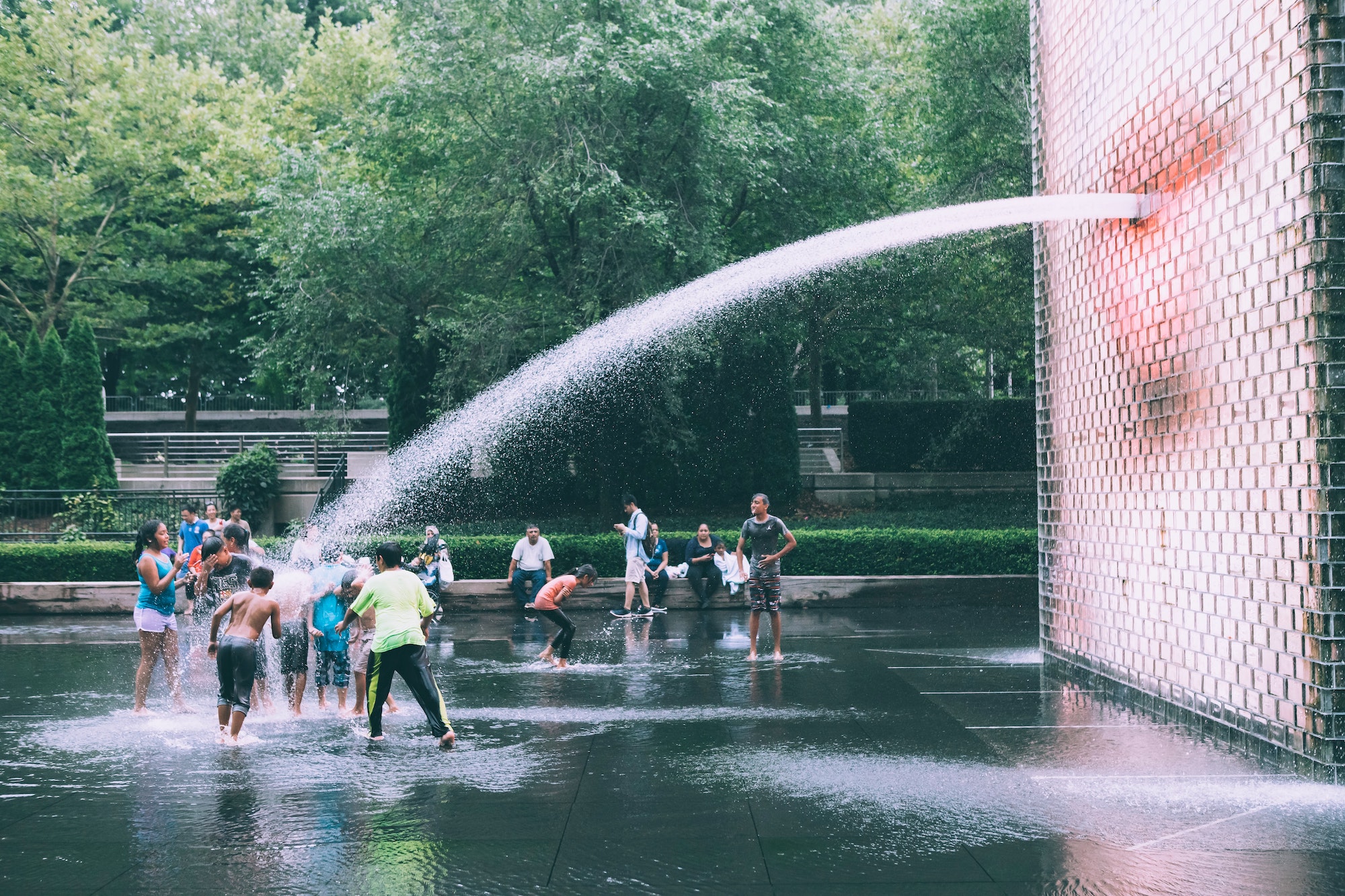
Great public spaces are the result of collaboration and partnerships. With the right partners, more innovation, unique planned activities, and of course support – both financially and politically, help to broaden the impact of a civic space. On the planning side particularly, close cooperation with authorities from the outset ensures a clear vision for a pragmatic planning schedule, with realistic activities and programmes for the space that will not encounter issues with approvals at a later date. Additionally, partnership with brands and outlets related to the concept is vital, as these, whether they are in the entertainment, food and beverage or retail industry, will often serve to act as the initial draw for visitors once the project is delivered.
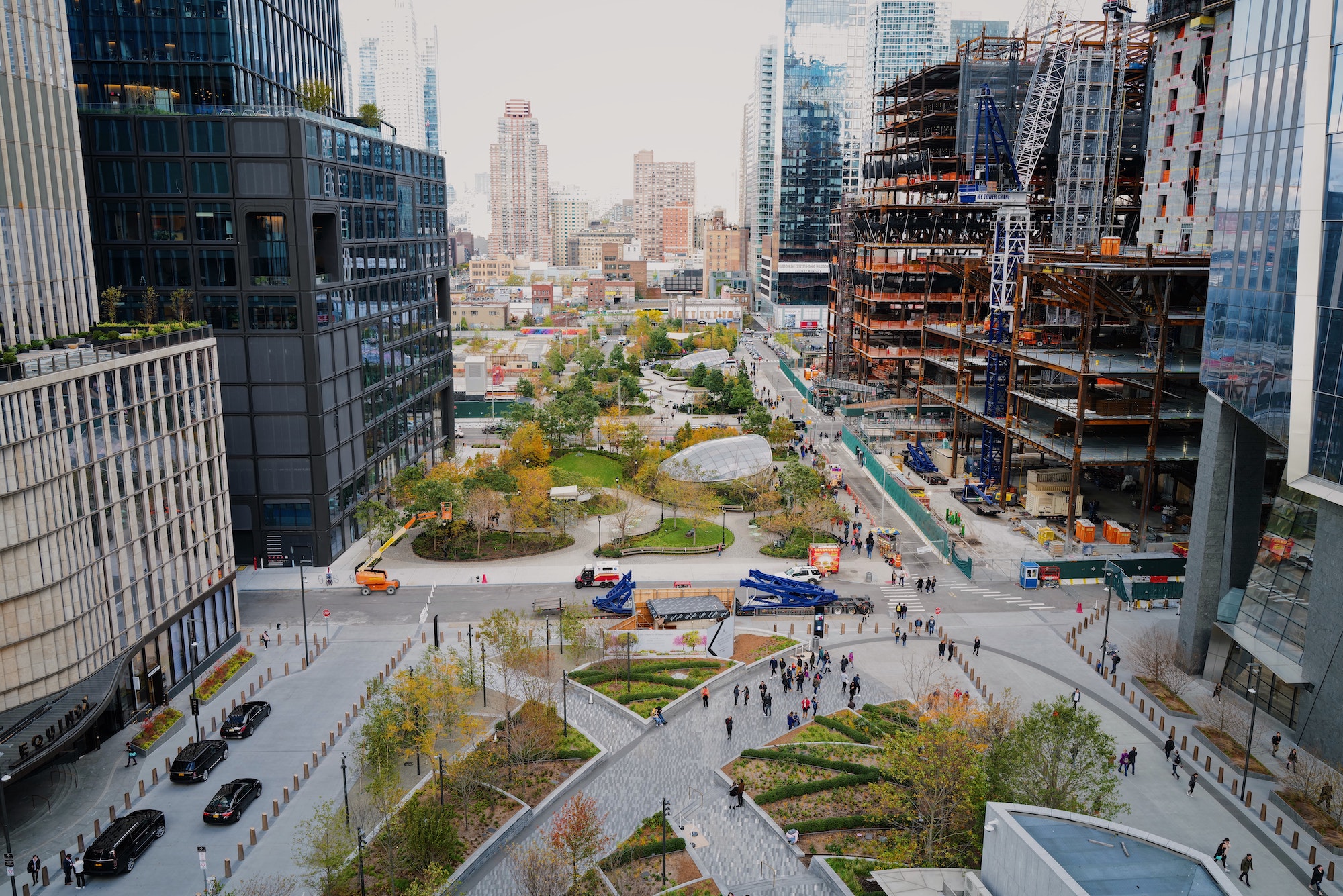
Not everyone can comprehend the same vision, and there will be those in the community or authorities that may not initially support the concept or ideas put forward. It is up to the project stakeholders to build a proposal so comprehensive and clear, that it leaves little doubt as to the potential success of the scheme. For example, when The Beach in Dubai was initially proposed, many residents in the area felt that the development would worsen issues with traffic and overcrowding. This was mitigated by intelligent traffic flow and parking solutions implemented by BSBG, and what was initially a barren area of sand used as an overflow carpark for the JBR area, became a vibrant destination that remains one of the most popular and well received concepts in Dubai to this day.
The vision was clear, and any objections were addressed with engagement and planning expertise. The success of the project now speaks for the clarity of that vision and the commitment to delivering an experience unlike anything that had been seen at that time in Dubai.
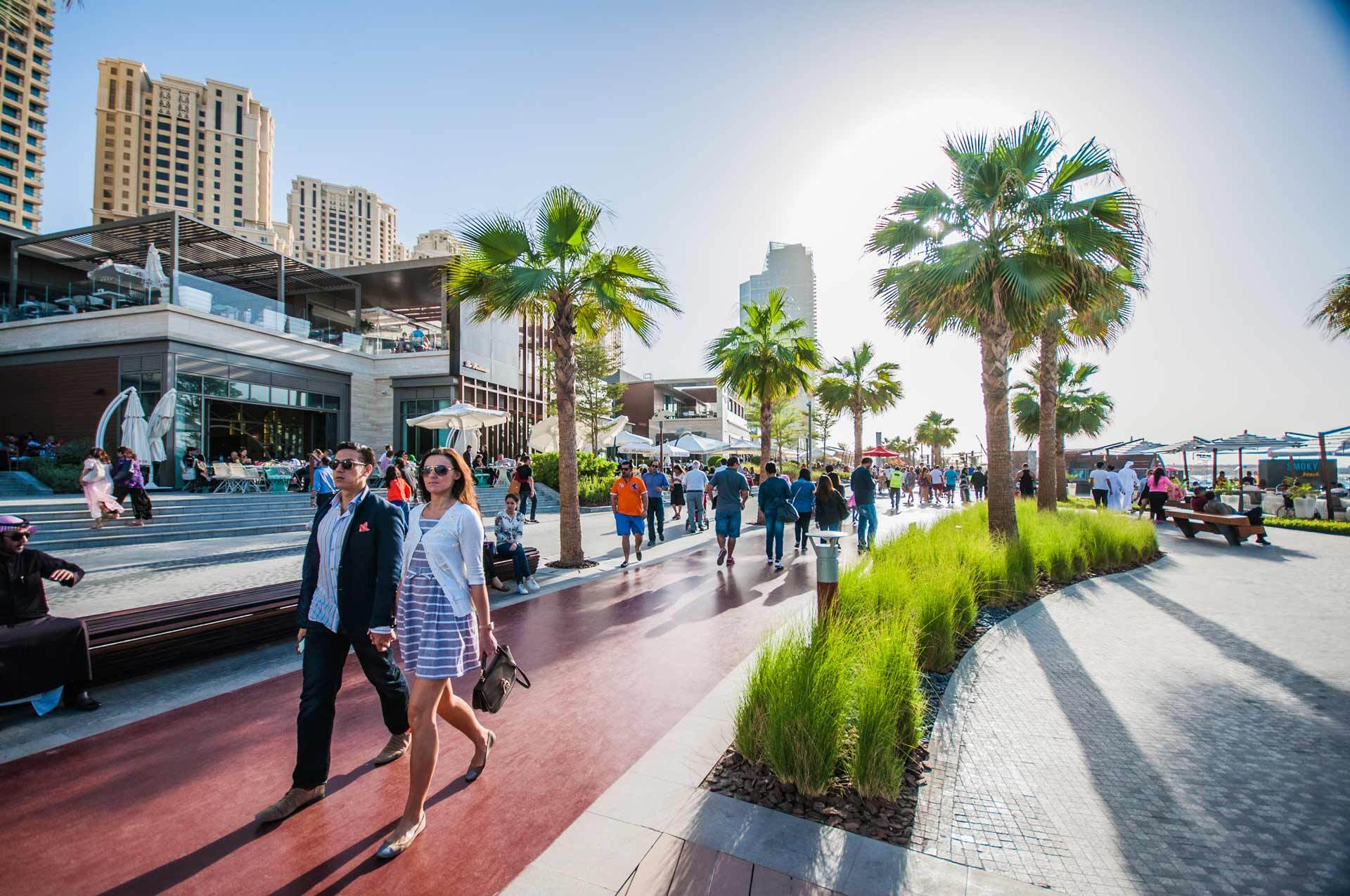
We often talk about flexible spaces and the need to design architecture to adapt to alternative future use. Placemaking is the same. Trends shift rapidly, and ideas and concepts that worked for years can often stagnate without injecting new life. Great placemaking by its very actuality depends heavily upon a programme of ongoing management and assessment, often evolving, at a minimum, on a seasonal basis. Fluid design enables spaces to develop and respond effectively to shifting trends, and it is vital to the success of a public realm that a good management structure and flexibility through design are in place to facilitate this from the outset.
For more information on placemaking, or to discuss ideas and concepts to activate public realms, let us show you how we curate emotive and activated design solutions for your projects. Contact us today!
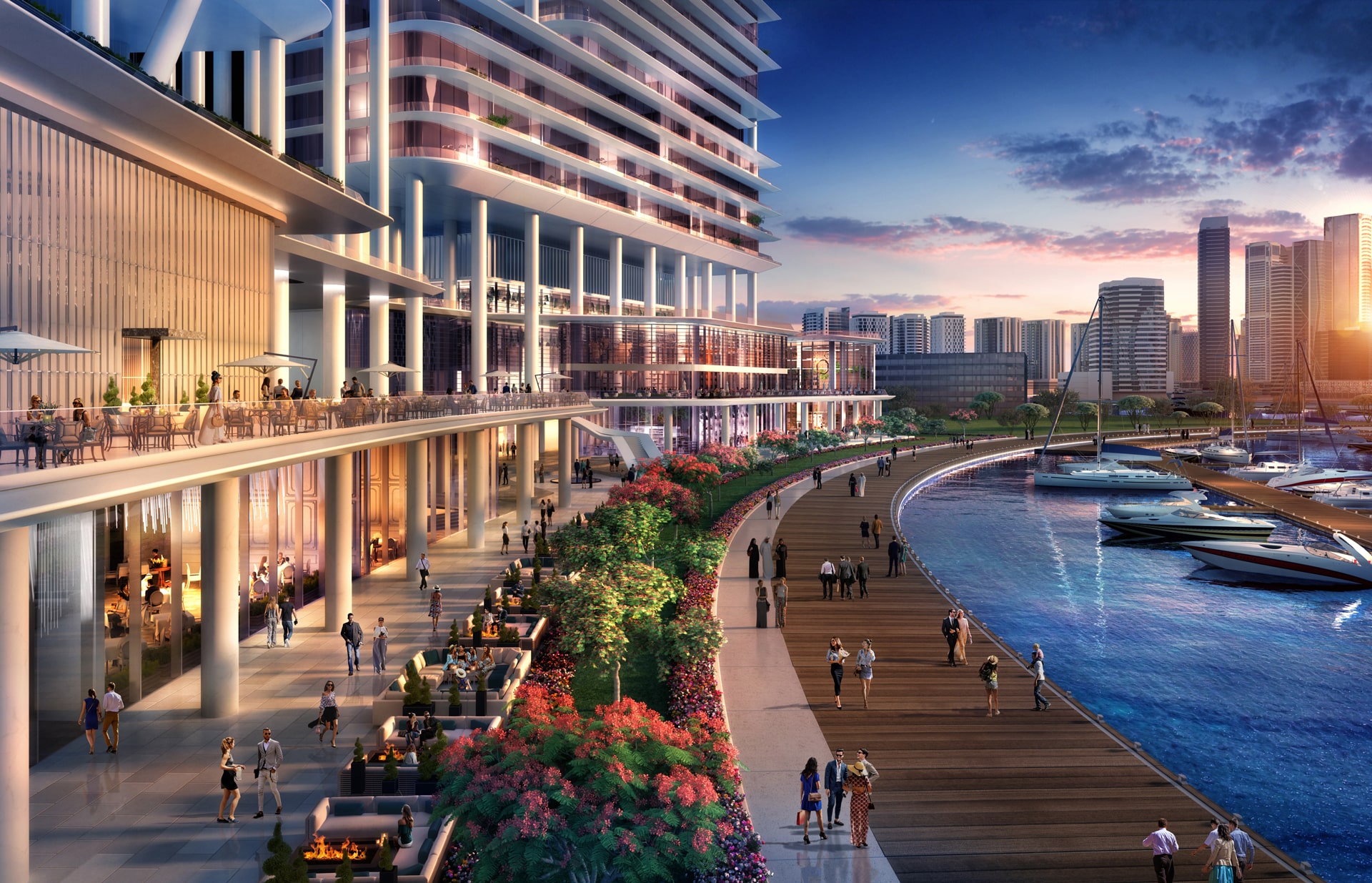
For more information on placemaking, or to discuss ideas and concepts to activate public realms, let us show you how we curate emotive and activated design solutions for your projects. Contact us today!
Projects in images used
Header Image: Gardens by the Bay, Singapore
Image 1: Pike Place Market, Seattle
Image 2: Millennium Bridge, London
Image 3: Crown Fountain, Chicago
Image 4: Unknown
Image 5: The Beach, Dubai (BSBG project designed by Benoy)
Image 6: The Residences Dorchester Collection Dubai (BSBG project, designed by Foster + Partners)
UH by Ellington was the winner of the world’s best award in the Architecture Multiple Residences category at…
23 Sep 2025DMCC Uptown Phase 2, designed by Brewer Smith Brewer Group (BSBG) design hub, +studio, has been awarded with…
15 Sep 2025Brewer Smith Brewer Group (BSBG) has picked up two Arabian Property Awards for the +studio design of DMCC’s…
24 Jul 2025For better web experience, please use the website in portrait mode